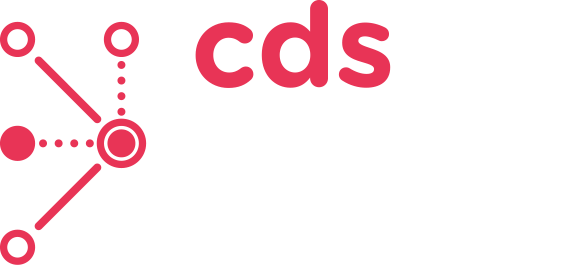Data Exploitation
Posted in Our news, Capability Sustainment
August 2024
2 minutes reading time
Data is one of the biggest assets an organisation can use to optimise cost, operational effectiveness, resilience, and reduce risk. The main battle organisations face when trying to exploit data is their ability to gather, analyse, and use that data effectively and efficiently. An example of this battle is when an organisation experiments with data exploitation: a large effort and associated cost are realised in gathering a mass of data, with a high percentage of that data never being used.
The CDS Defence & Security (CDS DS) approach to data is a gather once and use many times ethos, with a data-centric approach to the whole product life cycle (CADMID), producing a single source of data truth that can be exploited for a variety of purposes. A well-maintained single source of data truth ensures data integrity, improves access to reliable and credible information, allows effective data distribution to key stakeholders, and allows key decision making based on rigorous empirical evidence.
The benefits of analysing data and producing a data feedback loop are vast and, most importantly, tailorable to a specific need. Areas for optimisation tend to blend into each other, as shown below:
Reduced cost is the key to existence for any organisation; customers want value for money and optimised costs. Through data exploitation, a programme’s key cost drivers can be identified and ideas to reduce cost drivers analysed. Optimisation is justified based on rigorous empirical evidence and put into action. A data feedback loop is then used to verify the cost reductions.
Increased operational effectiveness is the essence of continuous improvement in relation to products and services. Key performance indicators (KPIs) are monitored to ensure a product or service is meeting its performance requirements through life. System cost drivers can include incorrect processes and required changes to areas such as availability, safety, and technical information, which are identified via analysis techniques and software tools. As above, optimisation is justified and improvements verified.
Increased resilience and reduced risk are crucial to any customer, and failure to manage risk and opportunity leads to financial and reputational impacts. To present sound justifications for both requires system and/or programme impacts to be analysed and based on rigorous empirical evidence – enabling accurate decision making to be made. Anything else is a ‘guestimate’.
CDS DS is always ready to support you with your data transformational journey and bring your assets/capabilities into the digital era through tools, standards (including the S-Series) analysis, and processes. Contact Andrew Davis for more information.


